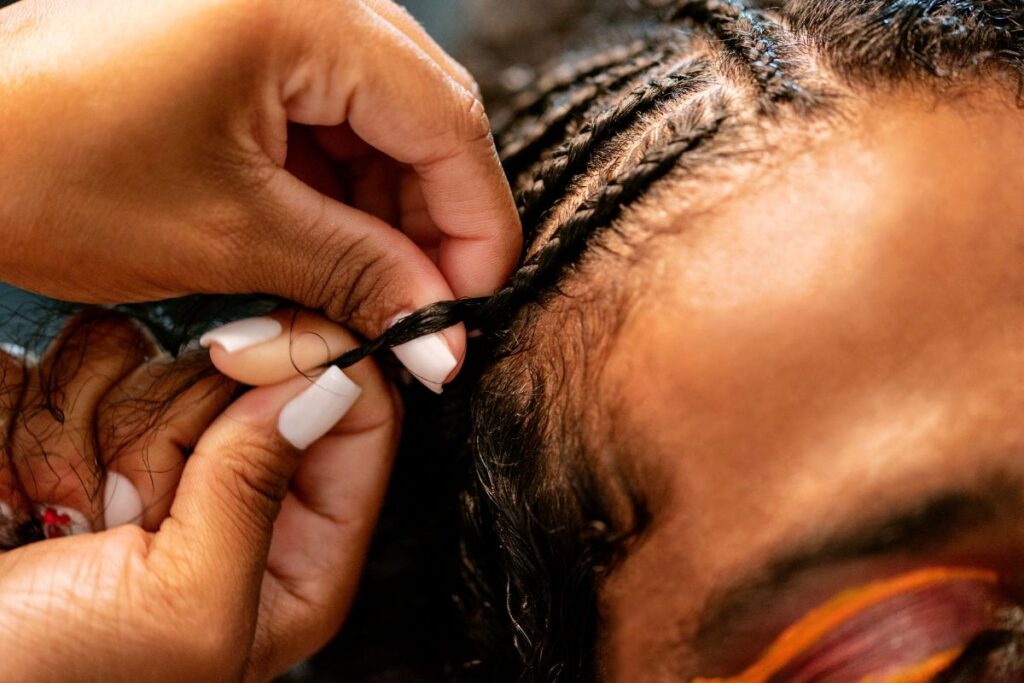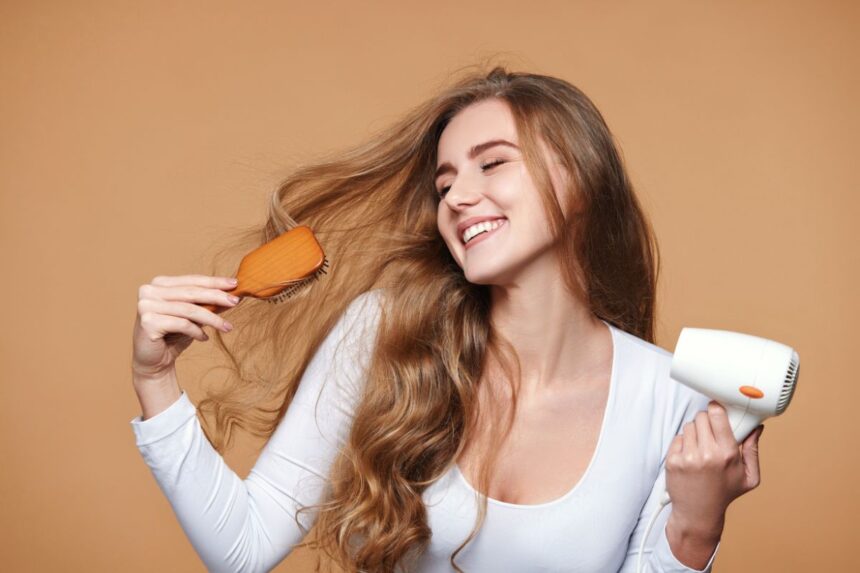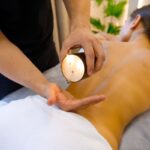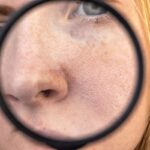Shea butter for hair is more than just a trend. The journey to finding the perfect hair care solution is often fraught with trial and error, expensive products, and unmet promises. However, nestled within the realm of natural remedies, I discovered a gem that would forever change my approach to hair care: shea butter. Known for its rich, moisturizing properties and versatility, shea butter for hair isn’t just another ingredient on the list; it’s a cornerstone of healthy hair practices. From combating dryness to promoting growth, this natural wonder has become an integral part of my routine. Join me as we explore the transformative benefits of shea butter, and how it can elevate your hair from ordinary to extraordinary.
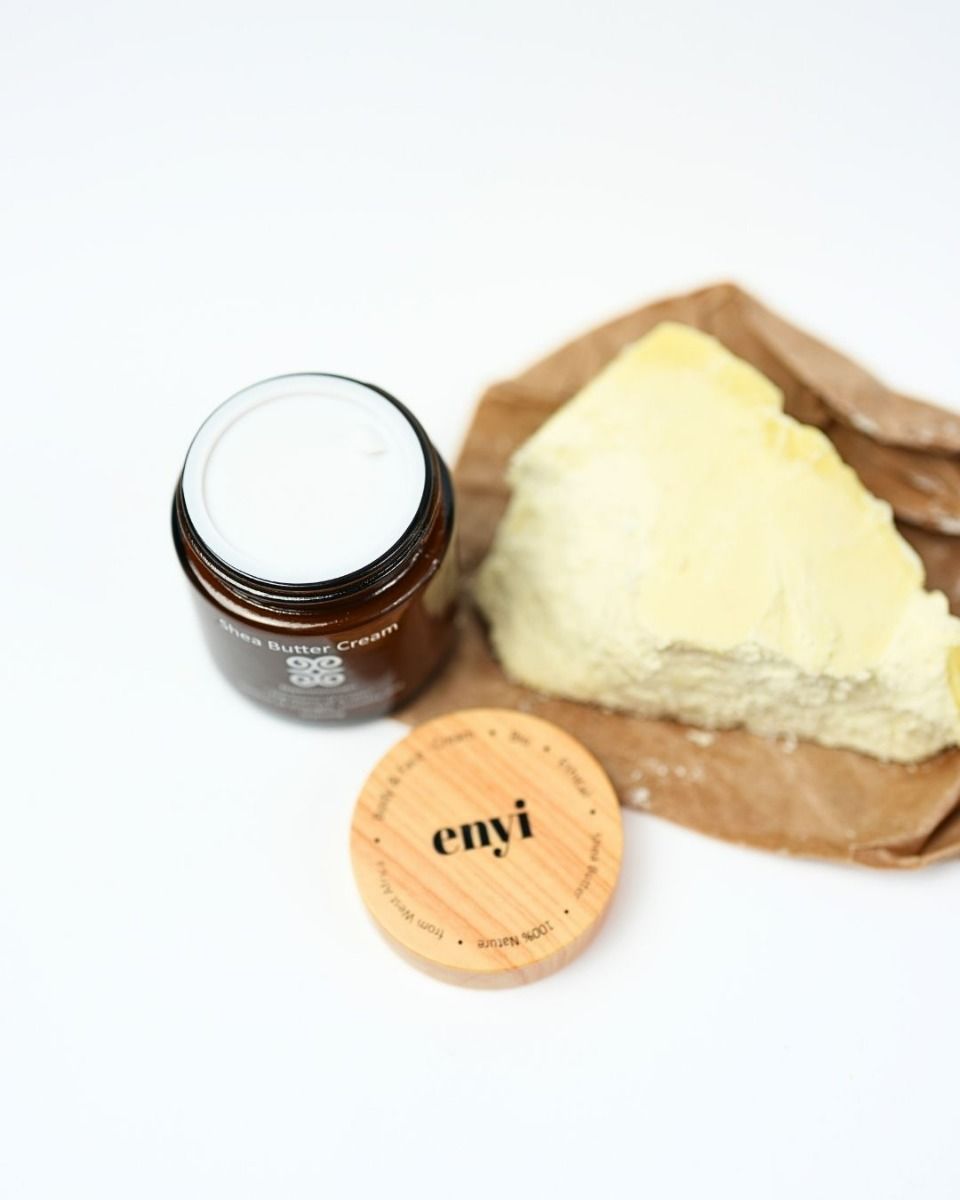
Raw Shea Butter For Hair
UEBT Certified – A Symbol of Ethical Commitment: Proudly bearing the UEBT certification, our Shea Butter is a symbol of our commitment to ethical sourcing and sustainability. This certification guarantees that our product is obtained through practices that respect both the environment and the local communities.
1 The Science of Shea: What Makes It Perfect for Hair?
Shea butter is derived from the nuts of the African shea tree (Vitellaria paradoxa) and is a rich source of vitamins A, E, and F, along with essential fatty acids and minerals. These components are crucial for maintaining healthy hair and scalp. But what does shea butter actually do for your hair? It moisturizes, repairs, and protects. Shea butter’s unique fatty acid profile enables it to deeply nourish the hair without clogging pores, making it ideal for all hair types. Its anti-inflammatory properties also soothe the scalp, promoting an optimal environment for hair growth.
1.1 What Does Shea Butter Do for Your Hair?
Imagine your hair as a sponge, eager to soak up moisture and nutrients. Shea butter, with its rich composition, acts as a superfood for your hair. It tackles dryness head-on, providing long-lasting hydration that revitalizes brittle and damaged hair. Moreover, shea butter forms a protective layer around each hair strand, shielding it from harmful UV rays, heat damage, and pollution. This natural conditioner smoothens the hair cuticles, reducing frizz and enhancing shine. Whether you’re struggling with dry scalp, split ends, or simply seeking to maintain your hair’s health, shea butter’s restorative properties can cater to a wide array of needs, making it a versatile ally in your hair care arsenal.
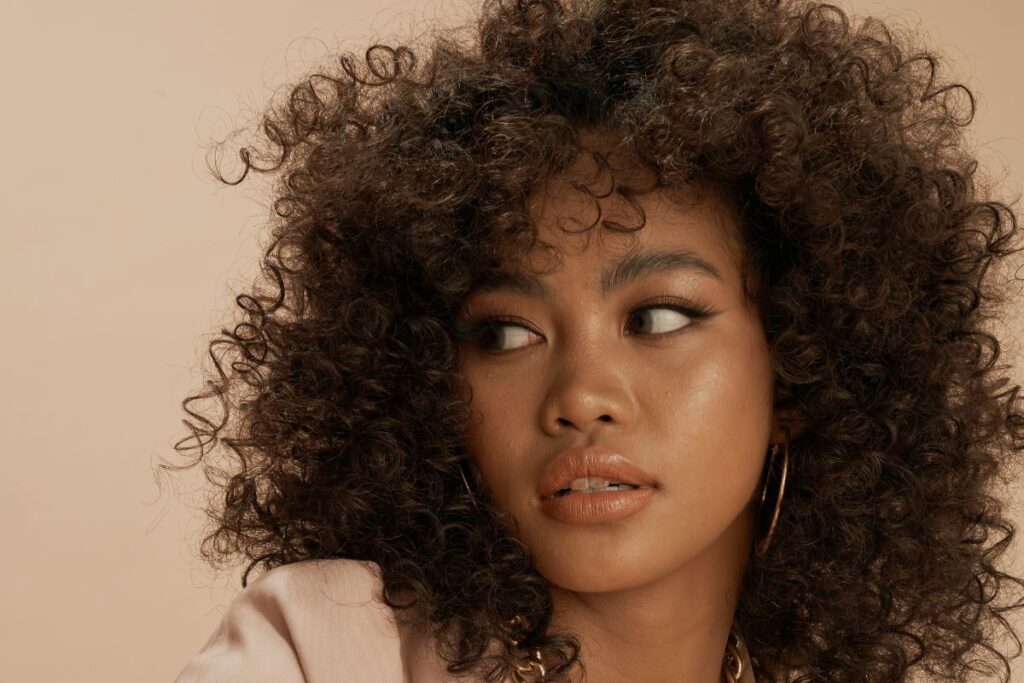
2. Shea Butter for Hair Growth: Myth or Magic?
The quest for thicker, longer hair often leads us down a path of endless products and promises. However, the secret to substantial hair growth lies not in miracle solutions but in creating a healthy foundation for hair to thrive. Shea butter’s role in promoting hair growth is less about instant results and more about nurturing the scalp and hair follicles over time. By improving scalp health through its anti-inflammatory and moisturizing properties, shea butter sets the stage for healthy hair growth. It also minimizes breakage by strengthening hair strands, ensuring that your efforts towards length retention are not in vain.
2.1 How To Use Shea Butter for Maximum Growth
Integrating shea butter into your hair care routine for growth is straightforward yet impactful. Start with a weekly deep conditioning treatment: melt a small amount of shea butter and mix it with your favorite natural oils (such as coconut moringa oil or castor oil, which are also known for promoting hair growth). Apply this mixture to your scalp and hair, massaging gently to stimulate blood flow to the scalp. Cover your hair with a shower cap and leave the treatment on for at least 30 minutes or overnight for deeper penetration. Regular application not only moisturizes the scalp and hair but also fortifies hair strands against breakage, gradually leading to fuller, longer locks.
3. Moisturizing Miracles: The Hydration Power of Shea Butter
One of the most celebrated qualities of shea butter is its unparalleled ability to moisturize. This is particularly crucial for hair, as hydration is key to preventing breakage and maintaining elasticity. Unlike synthetic moisturizers that might coat the hair temporarily, shea butter penetrates deeply, providing moisture from the inside out. Its rich, fatty composition makes it an excellent emollient, smoothing the cuticles and adding a natural shine that reflects the health of your hair.
3.1 DIY Shea Butter Hair Masks for Dry Hair
Embracing the DIY spirit can not only be fun but also incredibly rewarding for your hair. A simple yet effective shea butter hair mask can be made by combining it with ingredients like honey, which acts as a humectant, and olive oil, known for its penetrating moisture. To create this mask, melt a tablespoon of shea butter, mix in a tablespoon of honey and two tablespoons of olive oil. Apply this mixture to clean, damp hair, focusing on the ends and any particularly dry areas. Wrap your hair in a warm towel to enhance penetration and leave the mask on for at least 30 minutes before washing out. This treatment can transform dry, brittle hair into soft, manageable locks with a healthy shine.
4. Protecting Your Locks: Shea Butter as a Natural Barrier
Environmental factors, from the scorching sun to harsh winds, can strip hair of its natural oils, leading to damage and degradation. Shea butter’s fatty acids and vitamins form a protective layer over the hair, shielding it from these harmful elements. This natural barrier not only prevents moisture loss but also guards against the dulling effects of pollution and UV exposure. For those of us living in urban areas or enjoying the great outdoors, shea butter is an indispensable ally in keeping our hair vibrant and healthy.
5. Soothing Scalp Treatment: The Anti-inflammatory Benefits of Shea Butter
A healthy scalp is the foundation of healthy hair growth, and shea butter is particularly adept at addressing scalp issues. Its anti-inflammatory properties can soothe conditions such as eczema, psoriasis, and general scalp irritation, which can inhibit hair growth and cause discomfort. By regularly massaging shea butter into the scalp, you can reduce inflammation, moisturize dry areas, and create a healthier environment for hair follicles. This not only enhances comfort but also encourages healthy hair growth by removing barriers to nutrient absorption and follicle function.
For those dealing with dandruff or dry scalp flakes, incorporating shea butter into your routine can offer relief and restoration. Its ability to hydrate and heal makes it a dual-action treatment, tackling the root causes of scalp discomfort and promoting overall scalp health.
Choosing the Right Shea Butter for Your Hair
Not all shea butter is created equal. For the best results, opt for raw, unrefined shea butter, which retains the highest level of nutrients. Look for products that are certified organic, ensuring they’re free from harmful additives that could detract from the benefits. Remember, the color of high-quality shea butter can range from ivory to light yellow, and it should have a nutty, earthy aroma. The enyi shea butter is bio and ethically produced, try it out:

Shea Butter For Hair
Use on Hair: Apply a small amount to your hair for conditioning. It can be used as a treatment for the scalp, a conditioner for the ends of your hair, or to tame frizz.
Addressing Common Myths and Misconceptions
Shea butter, despite its numerous benefits, is often surrounded by myths that can deter individuals from leveraging its full potential. Let’s debunk some of these misconceptions:
- Myth 1: Shea butter causes hair to be greasy. While shea butter is indeed rich, using the correct amount will not weigh down your hair or leave it greasy. It’s all about moderation and adjusting based on your hair’s particular needs.
- Myth 2: It’s only for certain hair types. Shea butter is incredibly versatile and suitable for all hair types. Its ability to moisturize and repair is universal, though individuals with fine hair may need to use it sparingly.
- Myth 3: Shea butter can replace sunscreen for hair. While shea butter does offer some UV protection due to its fatty acid content, it should not replace dedicated hair sunscreen products, especially if you’re spending extended periods in direct sunlight.
Understanding the facts can empower you to use shea butter effectively, ensuring you reap all its benefits without any drawbacks.
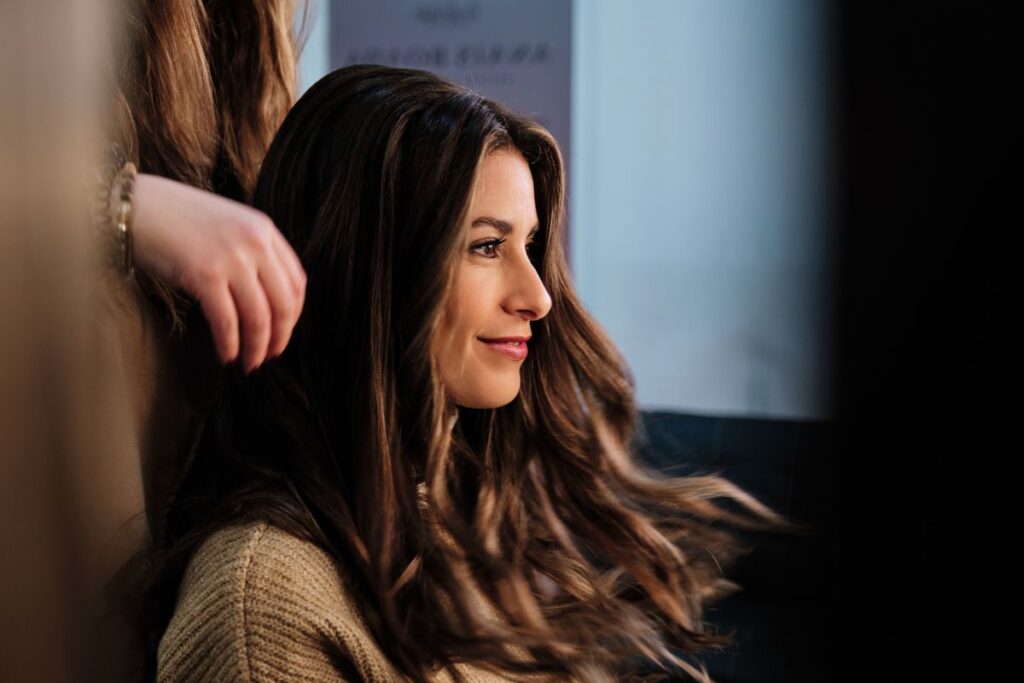
Incorporating Shea Butter into Your Hair Care Routine
Incorporating shea butter into your hair care routine doesn’t have to be complicated. Here are some tips to get started:
- As a pre-shampoo treatment: Melt shea butter and apply it to your hair, leaving it on for 30 minutes before shampooing. This can help reduce breakage during washing.
- To soothe the scalp: Massage melted shea butter directly onto the scalp to relieve dryness and irritation.
- As a conditioner: Add shea butter to your regular conditioner for an extra moisture boost.
- For styling: Use a small amount of shea butter to tame frizz and add shine to your hairstyles.
The Right Way to Apply Shea Butter for Hair
- Start with a small amount: Melt a pea-sized amount of shea butter in your hands. It’s easier to add more than to remove excess.
- Distribute evenly: Apply it to damp or dry hair, focusing on mid-lengths to ends where hair is typically drier.
- Scalp treatment: If using on the scalp, massage gently in circular motions to improve blood circulation and absorption.
Real Results: Personal Success Stories with Shea Butter
Hearing from others who have experienced the transformative effects of shea butter can be incredibly motivating. From individuals battling chronic dryness and scalp conditions to those seeking to enhance their hair’s natural texture, the success stories are diverse and inspiring. Many report significant improvements in hair health, manageability, and growth after incorporating shea butter into their routines. These testimonials highlight the power of natural, consistent care and the pivotal role shea butter can play in achieving hair wellness.
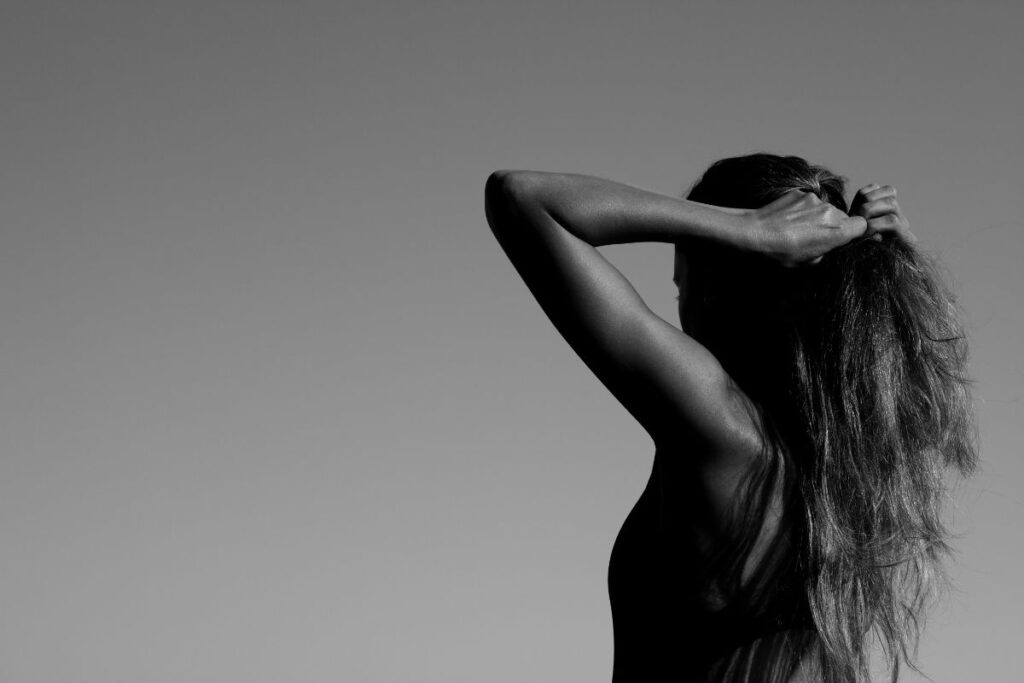
Conclusion: Why Shea Butter Is a Must-Have for Healthy Hair
It’s a fundamental ingredient for anyone serious about maintaining healthy, beautiful hair. Its natural properties offer a holistic approach to hair care, addressing everything from moisture and protection to growth and scalp health. As we’ve explored its myriad benefits, it’s clear that shea butter’s versatility and effectiveness make it an indispensable tool in your hair care arsenal. Whether you’re combating dryness, seeking protection from the elements, or aiming for healthy growth, shea butter has something to offer. Embrace the natural goodness of shea butter and watch as your hair transforms into a healthier, shinier, and more vibrant version of itself.
FAQs
Can shea butter be used on colored or chemically treated hair? Yes, shea butter is safe and beneficial for colored or chemically treated hair. Its moisturizing properties can help mitigate the dryness and brittleness often associated with chemical treatments and dyes, revitalizing and protecting your hair.
How often should I use shea butter in my hair care routine? The frequency depends on your hair type and condition. For dry or damaged hair, using shea butter-based treatments 1-2 times a week can be beneficial. For maintenance, once every two weeks might suffice. Listen to your hair’s needs and adjust accordingly.
Will shea butter cause my scalp to become oily? When used in moderation and properly rinsed out, shea butter should not make your scalp oily. It’s important to focus application on the mid-lengths to ends of your hair and use sparingly on the scalp, especially if you have naturally oily hair.
Can I use shea butter on fine hair without weighing it down? Yes, individuals with fine hair can still benefit from shea butter. The key is to use a small amount and apply it primarily to the ends of your hair. You may also consider using shea butter as a pre-wash treatment to avoid any potential heaviness.
Does shea butter help with dandruff? Shea butter can help address dandruff by moisturizing the scalp and reducing inflammation, which are often underlying causes of flakiness. However, it’s not a cure for all types of dandruff, especially those caused by fungal infections, for which specialized treatments might be necessary.
How do I store shea butter to maintain its benefits? Keep your shea butter in a cool, dry place away from direct sunlight. If stored properly, in an airtight container, it can last for up to two years. Refrigeration is not necessary, but it can help extend its shelf life in very warm climates.
Can shea butter be used as a heat protectant? While shea butter does provide some natural protection against heat, it’s not a substitute for a dedicated heat protectant product. It’s best used as a conditioning treatment to nourish and repair hair from heat styling over time.
